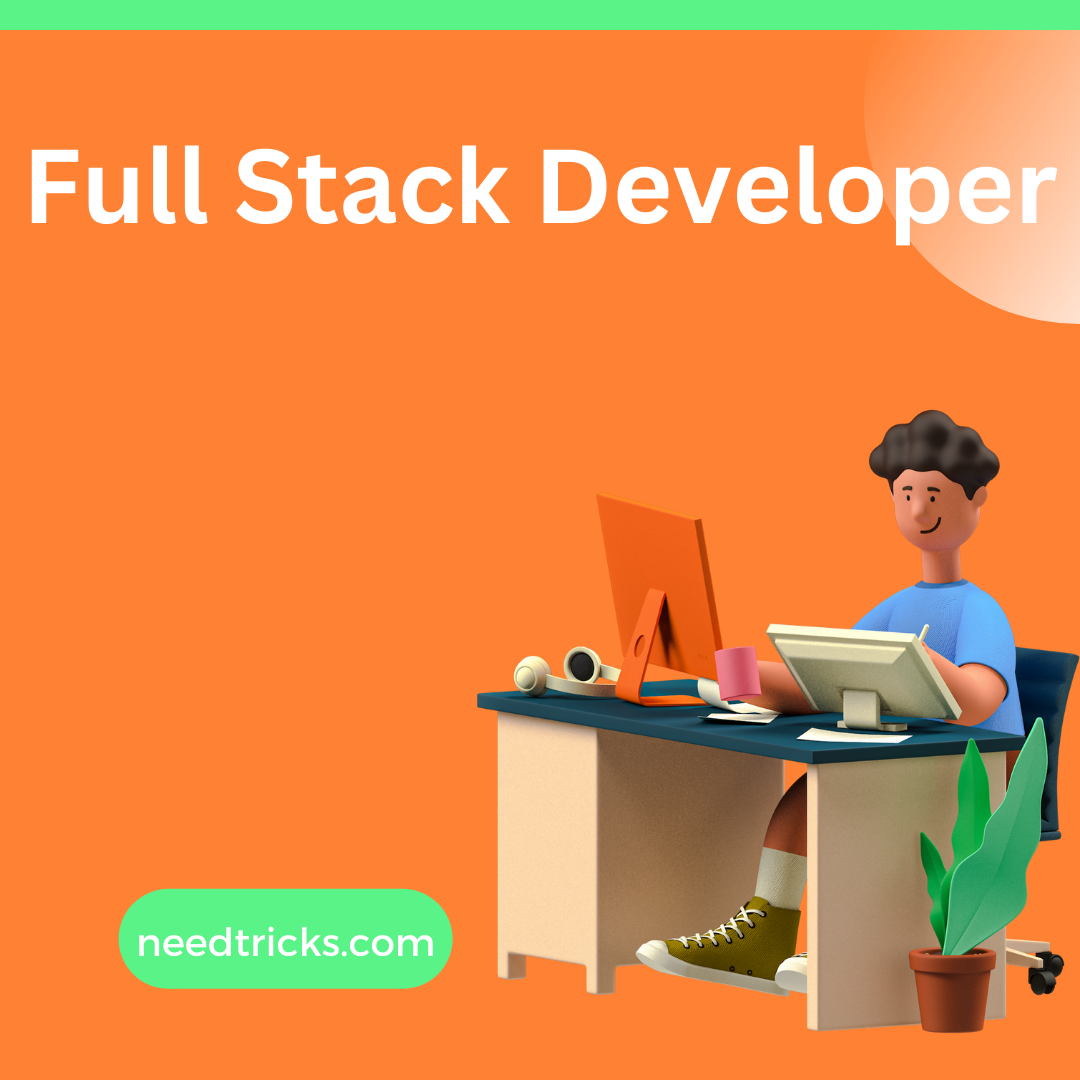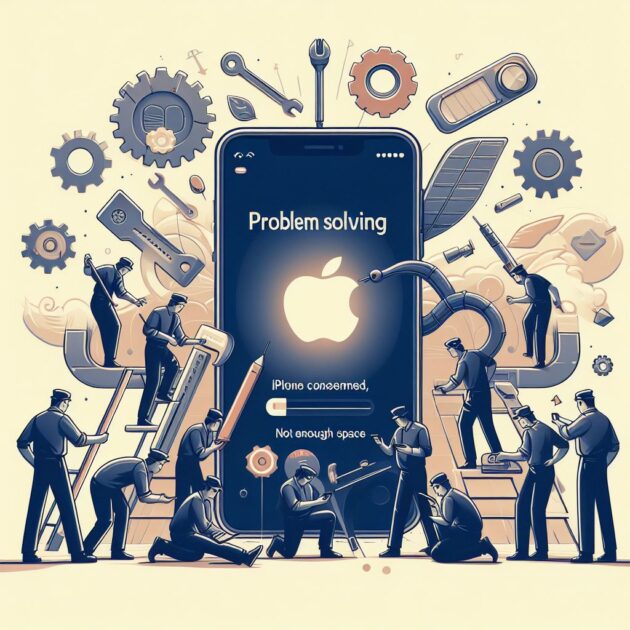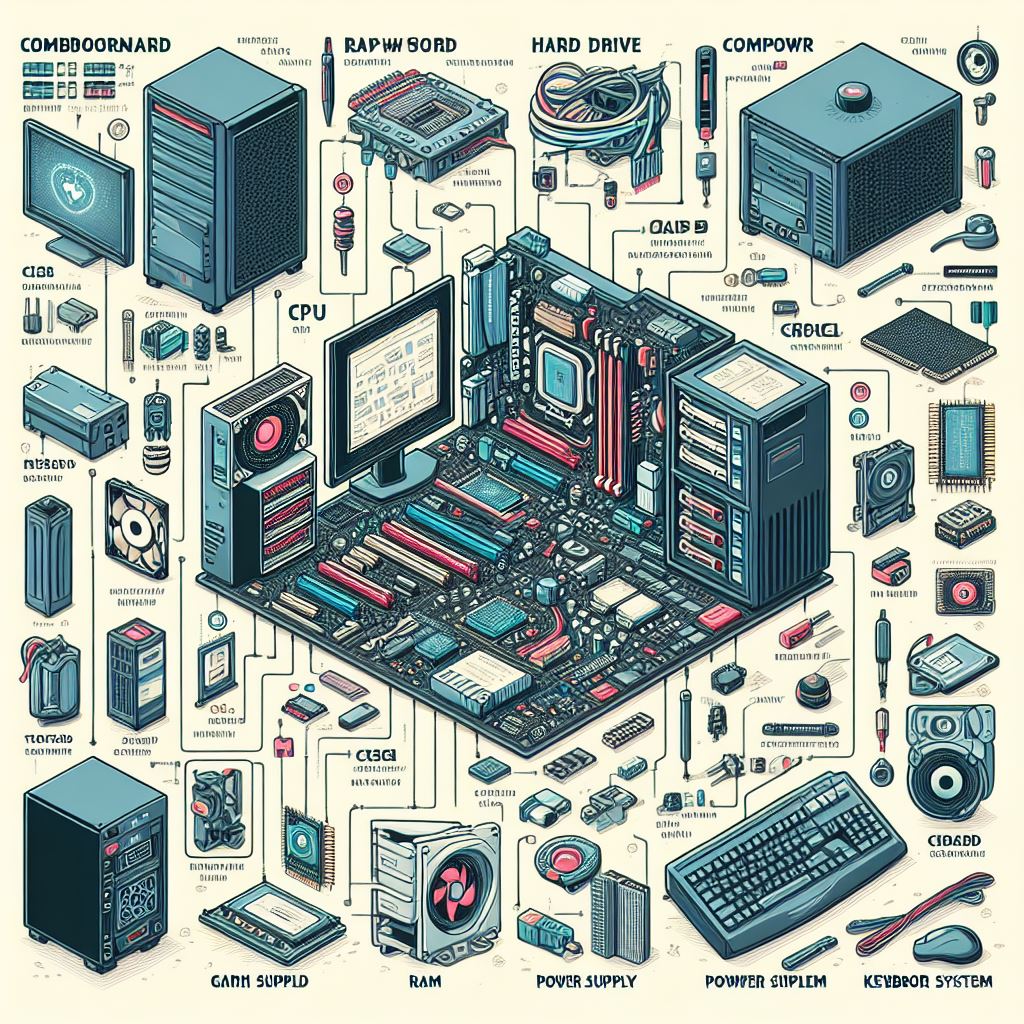The Ultimate Guide to Full Stack Development. In recent years, Full Stack Development has emerged as one of the most in-demand and lucrative career paths in the tech industry. But what exactly is Full Stack Development, and how can you become a Full Stack Developer? In this blog post, we’ll answer these questions and more.
Here’s a blog post on The Ultimate Guide to Full Stack Development
What is Full Stack Development?
- Full Stack Development refers to the development of both the front-end and back-end of a web application.
- A Full Stack Developer is someone who can work with both the client-side (front-end) and server-side (back-end) of a web application.
- Front-end development involves the creation of the user interface of a web application.
- This includes the design, layout, and functionality of the web pages that users interact with.
- Back-end development involves the creation of the server-side of a web application.
- This includes the database, server-side logic, and APIs (Application Programming Interfaces).
- That allow the front-end and back-end to communicate with each other.
- A Full Stack Developer is responsible for both the front-end and back-end of a web application.
- And must be familiar with a variety of programming languages and technologies.
How to become a Full Stack Developer?
- To become a Full Stack Developer, you’ll need to have a strong foundation.
- In both front-end and back-end development.
Here are some steps you can take to get started: The Ultimate Guide to Full Stack Development
Learn HTML, CSS, and JavaScript:
- These are the core technologies used in front-end development.
- And are essential for building responsive and interactive user interfaces.
2.Learn a Back-end Language:
- There are many programming languages used for back-end development.
- Such as Python, Ruby, PHP, and Node.js.
- Choose a language that you enjoy working with and that is in demand in the industry.
3.Learn Database Technologies:
- Databases are essential for storing and retrieving data in web applications.
- Popular database technologies include MySQL, PostgreSQL, MongoDB, and SQLite.
4.Learn APIs and RESTful Web Services:
- APIs and RESTful web services allow the front-end and back-end of a web application to communicate with each other.
- Learn how to design and implement APIs, and how to consume them in your front-end code.
5.Build Projects:
- Building projects is one of the best ways to gain practical experience in Full Stack Development.
- Start with simple projects, and gradually work your way up to more complex applications.
Read Now: The Importance of Data Privacy in Today’s Digital World
Now here is about Full Stack Development
- Full Stack Development refers to the process of building web applications that cover both the frontend and the backend development.
- In other words, full stack developers are responsible for creating the entire application from the ground up.
- Including the client-side user interface, the server-side business logic, and the database and server configuration.
- A full stack developer should have knowledge and skills in various programming languages, frameworks, and technologies.
- Including HTML, CSS, JavaScript, server-side languages like Python, Ruby or Java, database technologies like MySQL or MongoDB, web application frameworks like React or Angular, and server-side frameworks like Django or Node.js.
- The role of a full stack developer may vary depending on the project and the organization.
- Some may focus more on the frontend development, while others may specialize in the backend development.
- However, the most successful full stack developers are those who are proficient in both areas and can seamlessly integrate the frontend and the backend
- To create a functional and user-friendly web application.
Full stack development has become increasingly popular in recent years, as it allows developers to have a more comprehensive understanding of the entire web development process an enables them to create applications that are both efficient and user-friendly.











